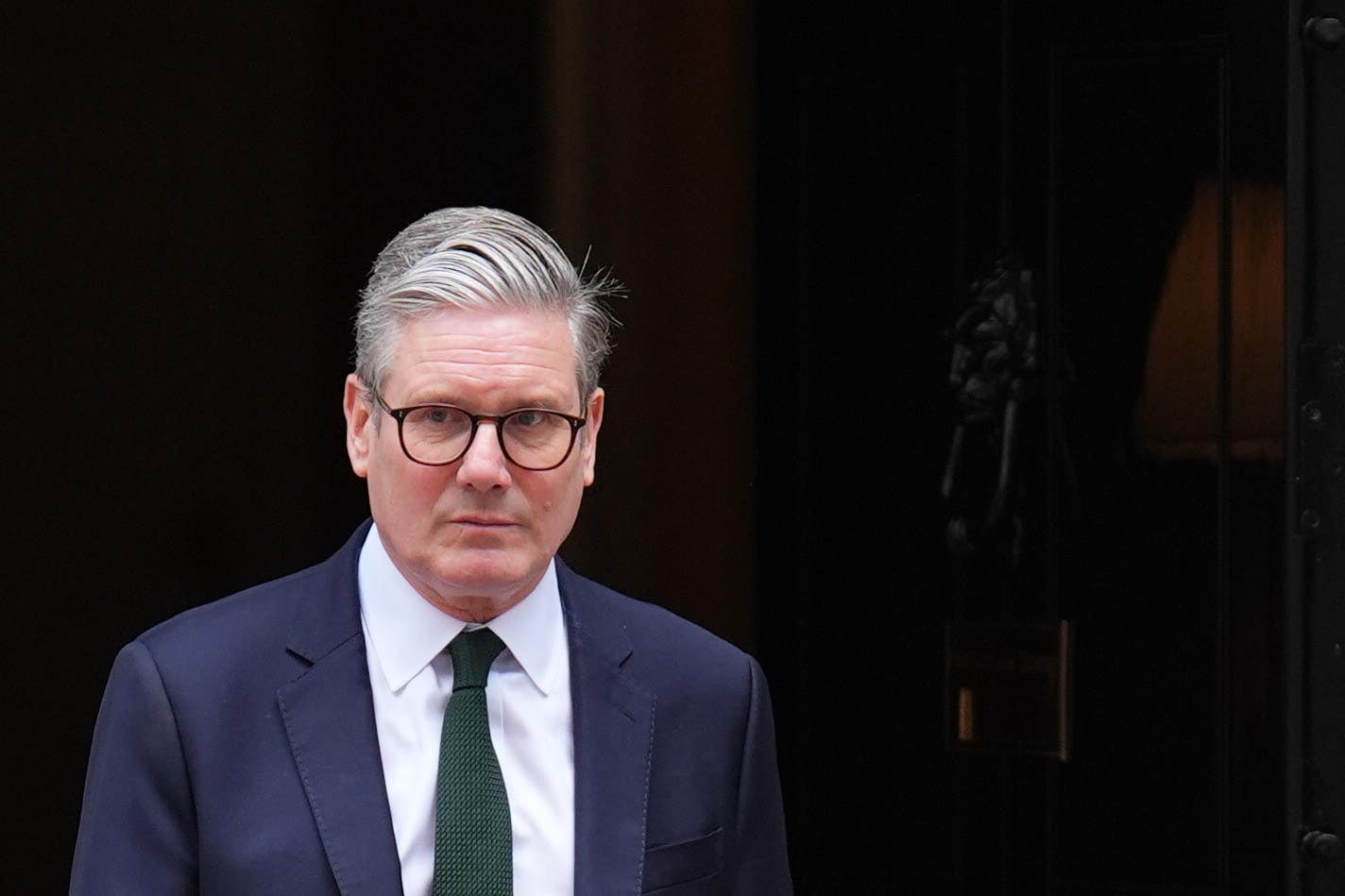The Independent's journalism is supported by our readers. When you purchase through links on our site, we may earn commission.
Who really rules the roost in Labour’s muddled pecking order?
As Sue Gray and Simon Case reportedly come to blows, the time has come for Starmer to clarify the roles and responsibilities of the key players in his new government, writes Andrew Grice


When Keir Starmer’s team drew up its “first 100 days” in power plan when a July election was called, after an initial policy blitz, they planned to use the normally quiet political month of August to complete the transition to government by fine-tuning the new machine.
UK leaders hardly get a minute for that, moving into Downing Street the morning after an election – unlike in the US where, after an election on 5 November, either Kamala Harris or Donald Trump will not be inaugurated as president until 20 January.
Labour’s best-laid plans were derailed by the riots. Starmer hasn’t even had a summer holiday. With the disorder quelled, I think he could and should have taken a break this week, but he was on official visits to Northern Ireland and Wales.
There is a silver lining: he and his family have taken a liking to Chequers, the prime minister’s country retreat in Buckinghamshire, so they have enjoyed some precious family time. Characteristically, Starmer is not complaining. Life can’t be all that bad when a heated indoor swimming pool comes with the job.
The breakneck speed of the transition has left some personnel issues unresolved, and lines of who is accountable to whom undrawn. There are staff with overlapping briefs and titles – there seems to be both a head of policy and a director of policy.
In Conservative-supporting papers, there is repeated speculation of a power struggle between Starmer’s two most influential aides – Sue Gray, his all-powerful chief of staff, and Morgan McSweeney, his head of political strategy. (There’s also a director of political strategy, but Morgan rules that roost.) Yet insiders tell me Gray and McSweeney have not clashed over a single issue and have very different jobs.
Gray’s is to make government run smoothly and, crucially, act as the PM’s gatekeeper so he is not totally swamped (including which government papers he sees). McSweeney’s priority is to ensure Starmer wins a second term, which currently means wooing Tory supporters and seeing off the populist threat. Although some strains are inevitable, both advisers want the same thing: Labour must deliver what it promised.
I’m told the headlines might reflect a different personality clash – between Gray and Simon Case, the cabinet secretary and head of the civil service. They have history – and it is not harmonious. Gray blames Case for blocking her becoming permanent secretary at the Department for Business. Gray, who unusually rose high up the civil service ladder after joining straight from school, previously suspected she was “too much of a challenger, or a disrupter” after missing out on the top post in Northern Ireland.
There were tensions between them over Partygate after she took over the inquiry when Case recused himself. When Gray unexpectedly jumped the civil service ship to become chief of staff to Starmer as opposition leader, an unimpressed Case is believed to have favoured a long quarantine period.
Some Whitehall whisperers pointed out that one newspaper article, saying Gray “thinks she runs the country”, was based on a meeting that only Gray and Case attended and drew their own conclusions.
Starmer allies insist Case has been very helpful in the transition. His defenders say he is not playing games but is “winding down the clock”: although only 45, he is expected to depart early next year on medical advice due to a neurological condition. Gray will be an influential voice in the debate on who should succeed him, and another source told me: “It seems to me the battle is between Sue and the whole of No 10 – special advisers and civil servants, including Simon.”
Another headache for Starmer is the growing controversy over the appointment of people with Labour links to civil service posts. But the Tories do protest too much, methinks: they, too, repeatedly used the exception to the normal appointment rules to install political allies.
The PM will soon fill the key post of his principal private secretary – the character Bernard Woolley in TV’s Yes Minister – one of three behind-the-scenes roles at the heart of the state along with the cabinet secretary and the King’s private secretary. The appointment will tell us more about where power lies.
Although it often goes to a Treasury official, one front-runner is Dan Gieve, who currently heads the Office of Investment. His name has raised eyebrows because he was previously chief of staff to Roland Rudd, founder of the Finsbury PR group, which donated to Labour. But Gieve won plaudits working for Francis Maude, the Tory former Cabinet Office minister – which, perhaps significantly, means he worked with Gray. In Starmer’s world, all roads lead to her.
Starmer will need to learn that some things can’t be delegated to Gray because she is a player in the power game. The PM himself should clarify the roles, responsibilities and pecking order of his key staff before the problems in the machine prevent it functioning properly.






Join our commenting forum
Join thought-provoking conversations, follow other Independent readers and see their replies
Comments